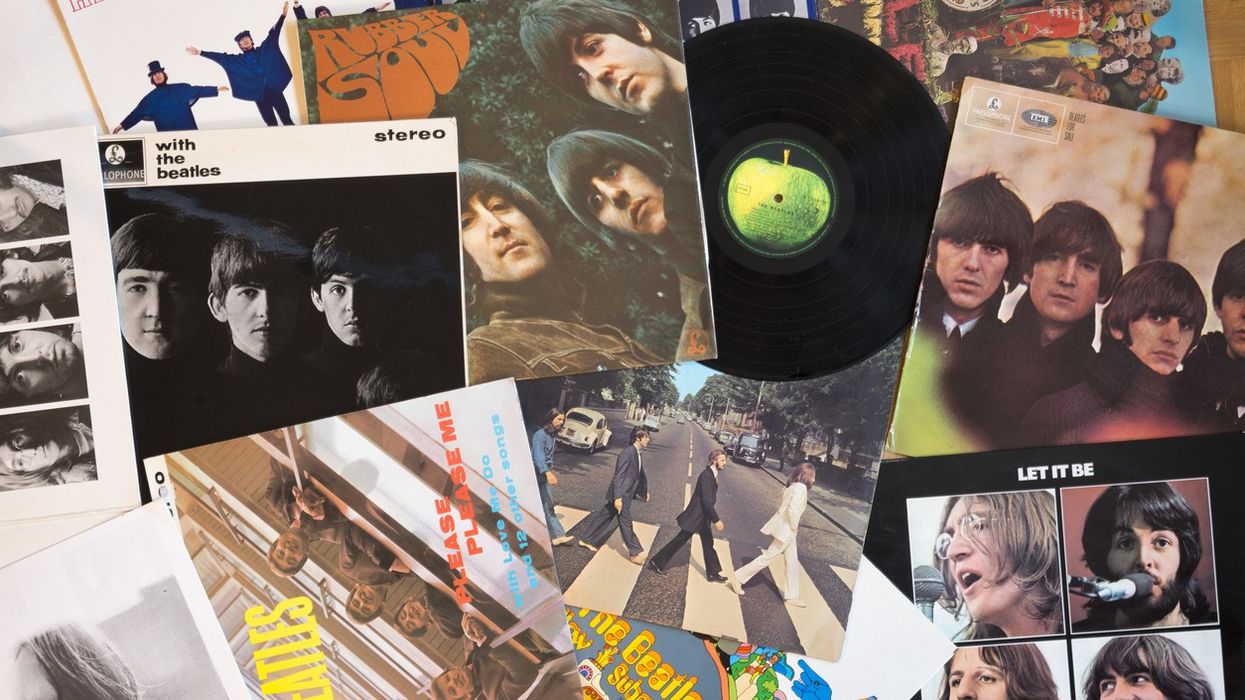Remember the days of flipping through stacks of vinyl records, searching for that one gem or playing your favourite song on your boombox? All the 70s and later kids must have grooved on the latest Beatles songs, popular for the beginning of pop culture. The vinyl collection was something very much similar to the stamp collections back then!
There was something magical about the vintage vinyl when the needle hit the groove, transporting you to a world where music was tangible, and each record held its own story. As the digital age surges forward, there's a certain charm in revisiting the classics, especially when those classics happen to be worth a pretty penny.
The world of valuable vinyl records, where treasures from music's past beckon collectors with promises of nostalgia and fortune. Among the most coveted is none other than The Beatles' iconic White Album.
Its blank white cover, adorned only with the band's name, holds within it a treasure trove of hits from A Hard Day's Night to All My Loving. And if you happen to stumble upon an original copy with a low serial number and the original Apple logo, you could be looking at a fortune of up to £10,000.
But it's not just The Beatles who command attention in the world of vinyl. With only 99 copies in existence, this masterpiece has been known to fetch a staggering £10,000 for those lucky enough to find it.
And let's not forget about Led Zeppelin's self-titled debut, a turquoise typographic wonder that boasts hits like Dazed and Confused and Good Times Bad Times. A first pressing of this gem sold for a cool £7,100 back in 2013, proving that the allure of classic rock knows no bounds.
Of course, no list of valuable vinyl records would be complete without a nod to punk royalty. The Sex Pistols' God Save The Queen, with its controversial cover art featuring Queen Elizabeth II, caused quite a stir upon its release in 1977. Nowadays, a first pressing can command a hefty sum of up to £6,000, a testament to the enduring impact of rebellion and defiance in music.
But perhaps the most fascinating aspect of these valuable records isn't just their monetary worth, but the stories they tell. Each scratch, each imperfection is a testament to the journeys these records have taken, from smoky clubs to cramped bedrooms, and now, into the hands of collectors who cherish them like precious relics.
Recently, The Beatles' Here Comes the Sun made a resurgence on the Rock Digital Song Sales chart, reentering at No. 11. The track experienced a spike in purchases coinciding with the recent solar eclipse on April 8. The surge in sales concentrated around the celestial event, propelled the song back onto the chart, narrowly missing a return to the top 10.
So the next time you find yourself rummaging through a stack of old records at a flea market or charity shop, take a moment to appreciate the history that lies within. Who knows? You might just stumble upon a piece of musical history that's worth more than you ever imagined.






 Ammar says the play’s script itself served as a compass in navigating Musa’s divided psycheIsha Shah
Ammar says the play’s script itself served as a compass in navigating Musa’s divided psycheIsha Shah Bengal Tiger at the Baghdad Zoo runs at the Young Vic Theatre in London from December 2 – 31 January 31 2026Isha Shah
Bengal Tiger at the Baghdad Zoo runs at the Young Vic Theatre in London from December 2 – 31 January 31 2026Isha Shah






